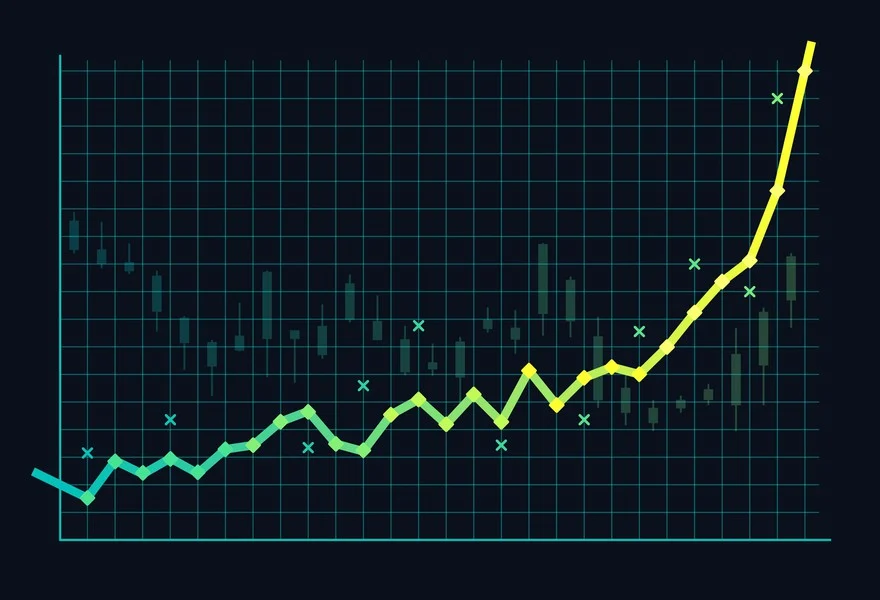Expect additional turbulence in tech stocks

The reports as a whole revealed several inconsistent tendencies. The share price response to the results has been somewhat modest thus far. In comparison to recent months, the Nasdaq Composite moved up 2% last week and fell by 0.6% the week before.
Given the industry’s relatively high 26 times ahead price-to-earnings valuation and 25–30% returns going into the reporting season, investors’ expectations for the global technology sector have been rising. The majority of businesses also emphasised that current profit growth trends are bottoming out. This is in keeping with our earlier forecast that tech profits would decrease by only the mid-single digits instead of the low-teens as they did during the previous quarter.
We continue to anticipate that the second half of the global tech profits growth will be more favourable, and that growth might reach the low teens the following year. Given the robust year-to-date performance and high valuations in the global tech sector, we anticipate that in the near future, volatility in tech equities will stay high. We suggest that investors employ structured methods that profit from growing volatility. We also see potential in mid-cycle businesses like software and the internet as well as in tech’s laggards.
We see some significant themes from the results season thus far, even though more IT businesses are anticipated to report earnings in the coming weeks:
Premium valuations counteract the semiconductor industry’s stabilising fundamentals. Overall semiconductor results have been uneven, and several sector leaders have seen investors take profits after the results were announced. While spending patterns in other industries have remained mostly flat, AI has been a bright light. Despite continuous digestion, inventory levels are still high, and memory price is taking some time to recover since short-term consumer electronics demand in emerging economies is still weak. On the other hand, the majority of semiconductor companies anticipate that sales growth will begin to pick up in 2024, setting the ground for a potential return to double-digit revenue growth.
Cloud computing should continue to expand steadily, supporting the software sector. A bright area for the industry has been software, which has experienced double-digit sales growth. The decreasing trend in margin improvement and the restructuring initiatives, however, present difficulties. Given the increasing emphasis on growth and greater expenditures to support medium- to long-term growth prospects, we believe these developments are understandable. Given that the industry is clearly a beneficiary of expanding AI demand, we believe growth-based investors may leverage any possible near-term volatility in high quality software equities to amass long-term holdings.
The mid-cyclical internet business should be supported by accelerating advertising growth. The bulk of online businesses haven’t yet reported, but data from the digital advertising sector so far indicates that the foundations of the advertising industry have peaked. From here, we anticipate a slow rebound in advertising revenue, which should help the internet sector. Based on our tech playbook, we do view internet as another mid-cyclical beneficiary along with software, even though we think the whole internet business may not soon recover to growth rates of over 20% as witnessed during the epidemic. The discount to its long-term average indicates that the value of the internet sector is also realistic.
For the hardware and services sector, fundamentals should continue to be bad. The hardware and services industries’ overall performance has been difficult thus far. While personal computer shipments in the first half of 2023 exceeded expectations, smartphone shipments are still declining, and the segment’s future remains uncertain. In the absence of significant innovation, industry fundamentals will probably remain weak even in 2024. A problem is the IT services industry’s lack of leadership, and beyond the immediate future, the services sector may see growing pressures from the generative AI sector.